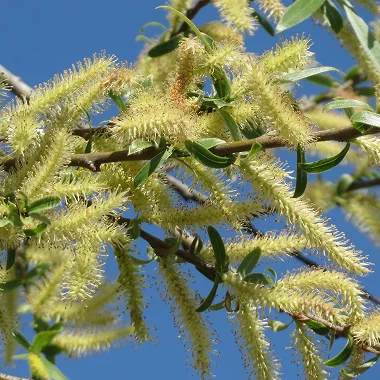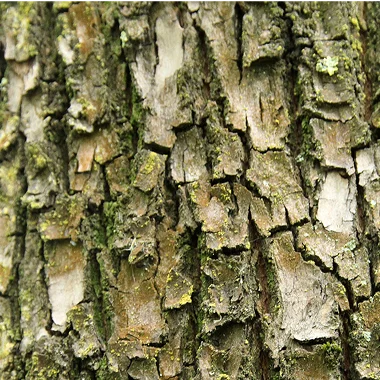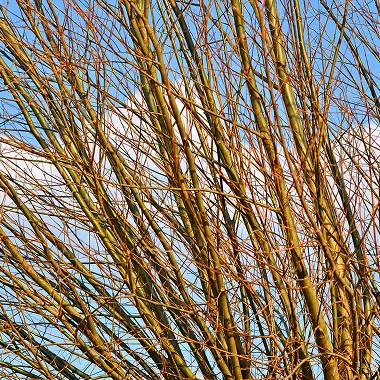We're delighted that The Avanade Intelligent Garden was awarded a gold medal at this year's show.
The Avanade
Intelligent Garden
Explore the garden through our sensors and see how the garden came to life.
Meet the trees
Salix alba (pollarded) White Willow
Tree growth
- 5.0µm/day
- Poor Growth
Humidity
- 35.0%
- Poor Humidity
Tree temperature
- 17.4°C
- Normal Temp
Lean angle
- 3.9°
- Normal Lean

Flowers & fruit
Dioecious; elongated yellowish catkins on male and female plants. Female catkins produce tiny seeds with fluffy, cottony hairs aiding wind dispersal.

Bark
Grey-brown deeply furrowed, young greenish-yellow.

Stems
Slender flexible greenish-greyish stems, yellowish hue.

Leaves
Deciduous, narrow lanceolate, finely serrate margins, silvery hairy beneath.
Salix alba (pollarded) White Willow

Flowers & fruit
Dioecious; elongated yellowish catkins on male and female plants. Female catkins produce tiny seeds with fluffy, cottony hairs aiding wind dispersal.

Bark
Grey-brown deeply furrowed, young greenish-yellow.

Stems
Slender flexible greenish-greyish stems, yellowish hue.

Leaves
Deciduous, narrow lanceolate, finely serrate margins, silvery hairy beneath.
Tree growth
- 5.0µm/day
- Poor Growth
Humidity
- 35.0%
- Poor Humidity
Tree temperature
- 17.4°C
- Normal Temp
Lean angle
- 3.9°
- Normal Lean
Tree growth
- 5.0µm/day
- Poor Growth
Humidity
- 35.0%
- Poor Humidity
Tree temperature
- 17.4°C
- Normal Temp
Lean angle
- 3.9°
- Normal Lean
Salix alba (pollarded) White Willow

Flowers & fruit
Dioecious; elongated yellowish catkins on male and female plants. Female catkins produce tiny seeds with fluffy, cottony hairs aiding wind dispersal.

Bark
Grey-brown deeply furrowed, young greenish-yellow.

Stems
Slender flexible greenish-greyish stems, yellowish hue.

Leaves
Deciduous, narrow lanceolate, finely serrate margins, silvery hairy beneath.
Salix alba (pollarded) actions
About the Avanade Intelligent Garden
Mushrooms
This otherworldly section of the show garden is dedicated to the fascinating world of fungi, featuring a living display of mushroom species such as oyster, shiitake, lion’s mane, and enoki.
As nature’s recyclers, fungi play a vital role in breaking down organic matter, enriching soil, and forming symbiotic relationships with plants. Some species even show promise in environmental remediation and sustainable food production.
Each species is cultivated in carefully designed microclimates, and we are monitoring the relative humidity, temperature and pressure of their environment within our garden pavilion.
Pollinators in our garden
Bees, butterflies, hoverflies, and other pollinators play a crucial role in food production and biodiversity, transferring pollen from plant to plant and helping over 75% of flowering species reproduce. Without them, many of the fruits, vegetables, and flowers we rely on would simply disappear.
We've embedded discreet cameras on the living roof of our pavillion, paired with advanced machine learning algorithms trained to recognize and identify pollinator species in real-time. As these tiny visitors come and go, our system logs their activity, building a detailed picture of pollinator health and diversity.
This blend of ecology and technology allows us to better understand the needs of pollinators and how we can design spaces that truly support them.
Curious to know who’s been visiting? Explore our species snapshots below.